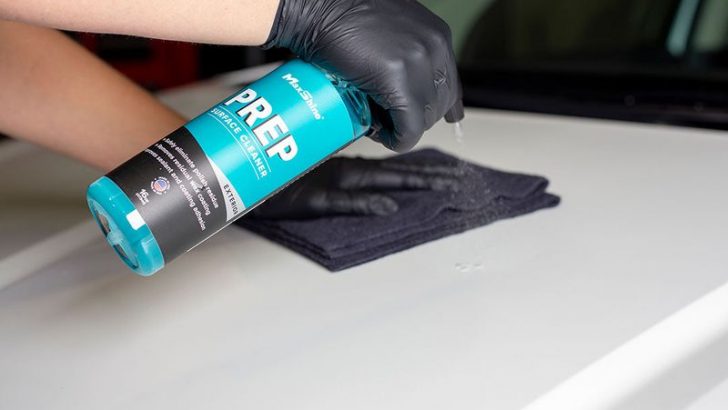In the quest for a spotless home, many turn to trusted cleaning products, assuming they enhance cleanliness. However, certain products and practices can inadvertently lead to a counterproductive outcome. Instead of removing dirt, they can contribute to a buildup, leaving homes less clean over time. Understanding these pitfalls is crucial for maintaining a truly clean environment. This article sheds light on eight common household cleaning mistakes that may leave surfaces grimier than before. By recognizing these issues, you can adjust your cleaning habits, ensuring your home remains as clean as possible without unintentionally spreading more dirt.
1. Feather Dusters
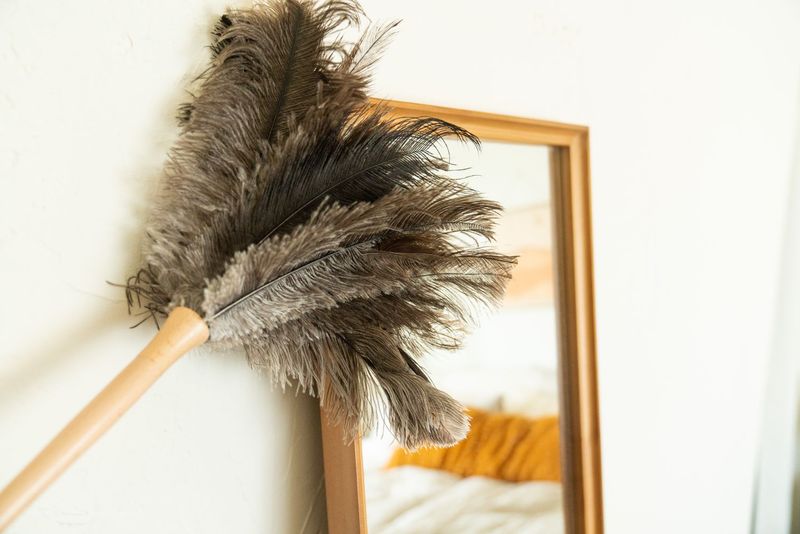
Feather dusters, with their light and airy touch, seem ideal for dusting. However, these tools often merely redistribute dust rather than capturing it. As the feather duster glides over surfaces, dust particles become airborne, only to settle back down moments later. This cycle can result in a persistent layer of dust on furniture. Instead of removing dust, feather dusters can inadvertently contribute to accumulation over time. Consider using a microfiber cloth, which is designed to trap and hold dust effectively. This simple swap can significantly reduce the amount of dust left behind.
2. Spraying Cleaner Directly on Surfaces
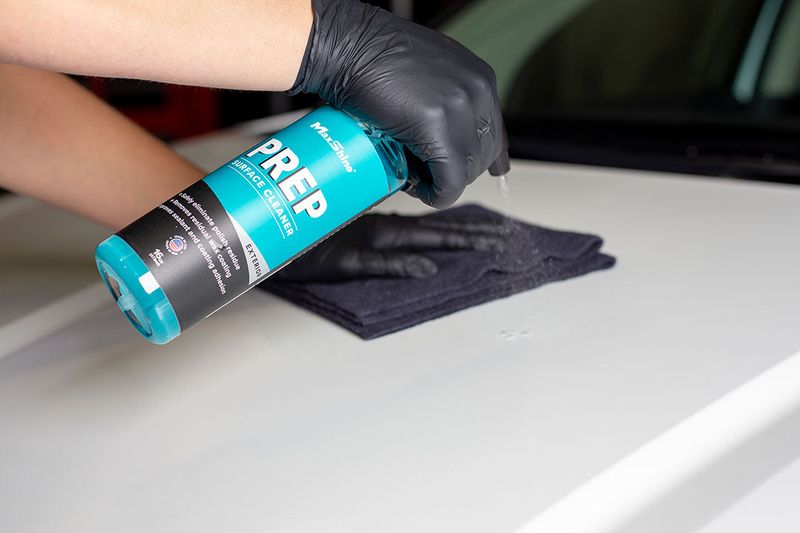
The convenience of spraying cleaner directly onto surfaces can be misleading. While it seems like an efficient method, this approach often results in streaks and a sticky residue. These residues can attract more dirt, making surfaces appear grimy over time. For optimal results, spray the solution onto a cleaning cloth first. This ensures a more even application and reduces buildup. By adjusting this small habit, surfaces can remain cleaner and more appealing. Adopting this technique also extends the life of many surface materials, preventing unnecessary wear.
3. Using the Same Cloth or Sponge for Multiple Surfaces
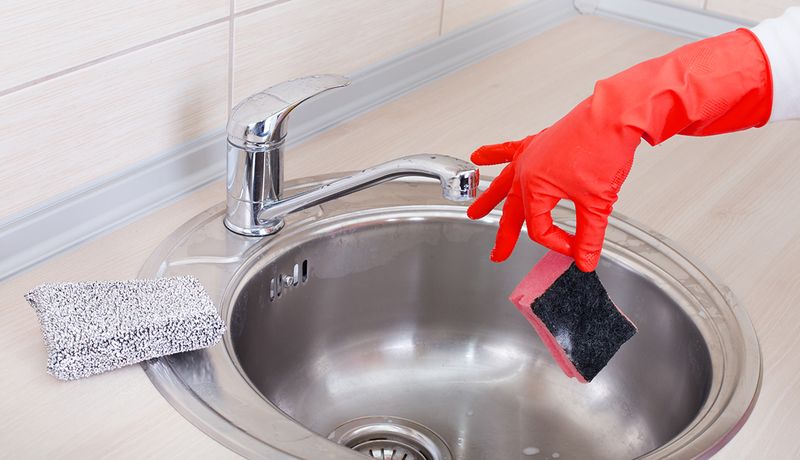
Reusing the same cleaning cloth or sponge across different areas can lead to unintended consequences. This common habit often transfers bacteria and grime, spreading contaminants rather than removing them. Each use can further embed dirt into surfaces, counteracting cleaning efforts. It’s wise to designate specific cloths for different tasks or areas. By maintaining separate cleaning tools, you control contamination and ensure more effective cleaning. Regular laundering of cleaning cloths is also essential to keep them hygienic and ready for use. This simple practice can greatly enhance home cleanliness.
4. Overusing Cleaning Products
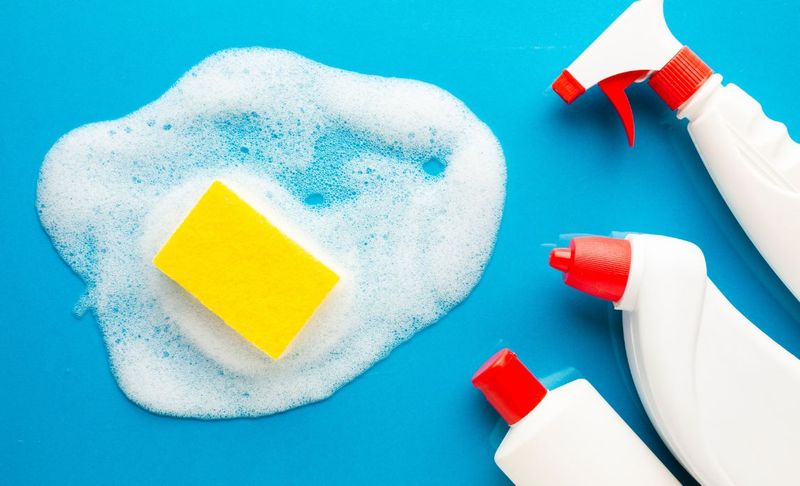
More isn’t always better, especially when it comes to cleaning solutions. Using excessive amounts can leave behind a sticky residue that attracts more dirt. This residue can also be challenging to remove, leading to frustration and ineffective cleaning. Product instructions provide guidance on optimal amounts; following them prevents overuse. By using the right amount, you ensure surfaces are thoroughly cleaned without unwanted buildup. This practice not only saves money but also enhances the effectiveness of your cleaning routine. It’s a small change with significant impact.
5. Using Bleach as a Universal Cleaner
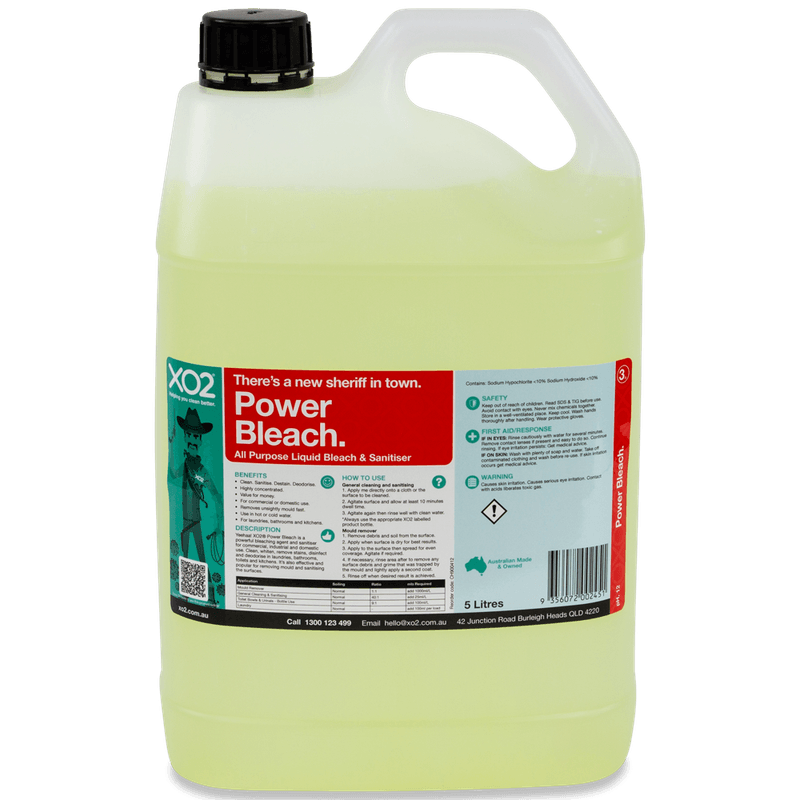
Bleach, a powerful disinfectant, is often mistakenly used as a universal cleaner. However, it lacks the ability to remove dirt and grime, often leaving surfaces still dirty. Over time, the misuse of bleach can cause damage, especially to delicate materials. It’s crucial to understand that disinfection and cleaning are distinct tasks. Rather than relying on bleach for all cleaning needs, consider products specifically designed for dirt removal. This distinction helps preserve surface integrity and ensures effective cleaning. Use bleach where appropriate, sparingly and with care.
6. Using Vinegar on All Surfaces
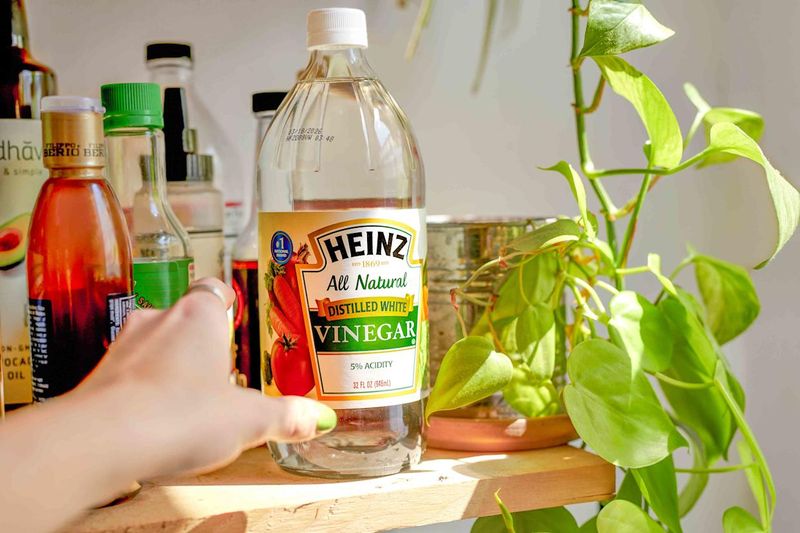
Vinegar is celebrated for its natural cleaning properties, but it’s not suitable for every surface. Its acidity can damage materials like natural stone countertops and hardwood floors. This can lead to costly repairs or replacements. Knowing which surfaces can safely handle vinegar is vital. Alternatives for sensitive materials are available and often recommended. By selecting the right cleaning agent for each surface, you not only protect your home but also enhance cleaning effectiveness. Vinegar can be a great ally in cleaning when used appropriately.
7. Not Cleaning Cleaning Tools
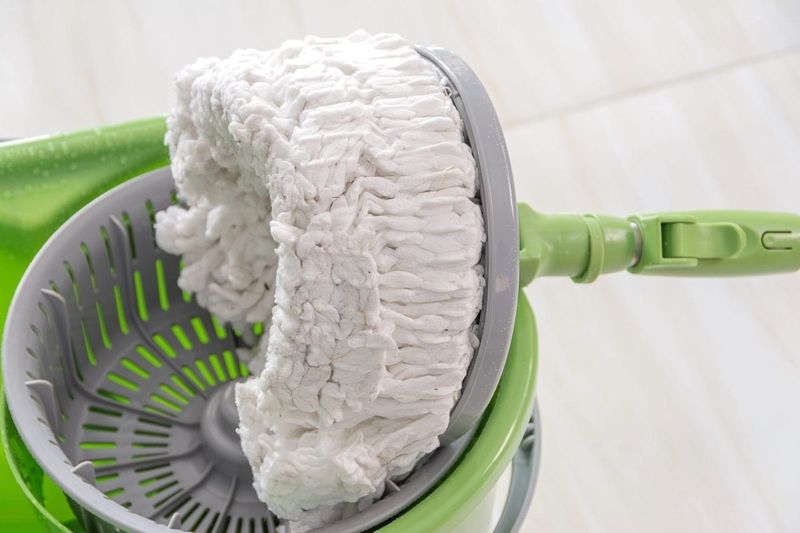
Cleaning tools themselves require regular maintenance to function effectively. Dirty sponges, mops, and vacuum filters can harbor bacteria, spreading it around rather than cleaning. Over time, this can contribute to an increasingly unclean environment. Regularly cleaning and replacing these tools ensures they perform optimally. A clean tool is more effective at removing dirt and germs, enhancing the overall cleanliness of your home. Set a routine to inspect and sanitize cleaning tools, keeping them in top condition. This mindful approach to cleaning tools prevents unnecessary buildup.
8. Using Air Fresheners to Clean the Air
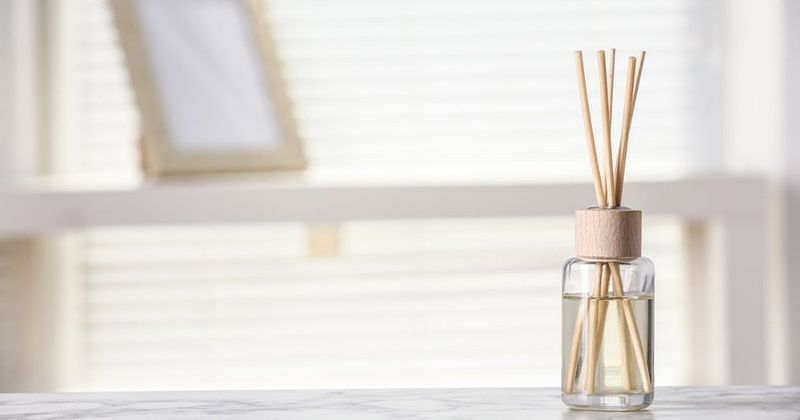
Air fresheners are popular for their ability to mask odors, but they don’t clean the air. Instead, they often introduce volatile organic compounds (VOCs) that can affect indoor air quality. These compounds can contribute to respiratory issues over time. Instead of relying on air fresheners, consider natural methods like ventilation and air purifiers. These alternatives genuinely improve air quality without masking odors. Prioritizing clean air over artificial scents ensures a healthier living space. Understanding the limitations of air fresheners is crucial for maintaining a healthy environment.

Well, hello there!
My name is Jennifer. Besides being an orthodontist, I am a mother to 3 playful boys. In this motherhood journey, I can say I will never know everything. That’s why I always strive to read a lot, and that’s why I started writing about all the smithereens I came across so that you can have everything in one place! Enjoy and stay positive; you’ve got this!

